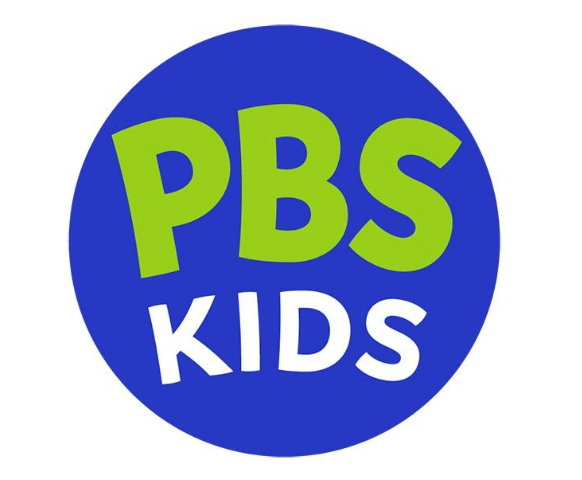If you live in a major city or just visit one, invariably you find yourself being approached by someone of indeterminate age selling candy, generally, in order to raise money for their high school athletic league. You might have seen it enough, or any number of other attempts at obtaining your money, that you equate the story to no more than someone simply asking for money. Yet, there is a chance that such a person might have been you. When my own cynicism fades, I recall being asked during some point of my schooling to sell crap in order to help the school raise money. There are usually prizes for the winner, incentives to push the kids to hock stuff with even more charm. This year, one of those incentives is a glorified rubber band. If you have kids, you probably know about this already. If you don’t have kids, this fad may have escaped you. If you are an internet marketer with or without kids who has seen these, you will have been obsessed with them trying to figure out how to make money with it.
The bands are simple. When stretched, such as around the wrist, they look pretty much like a thin rubber band. When not stretched though, they make a shape, e.g., a giraffe, a monkey, even unicorns. If you do a search for "rubber bands shaped like animals," you will see plenty of ads for these products. They have even evolved from animals to almost anything. There are even baseball shapes – bats, mitts, bases. And instead of just plain colors, you will also find ones that glitter, glow in the dark, and change color – every iteration under the sun. They have everything needed to ensure that one kid might have a version that another doesn’t keeping the demand alive. Even better, they retail for around $4.50 to $6 for a pack of 12 but cost less than $.50 wholesale. The only downside is knowing what they are called. It’s reminiscent of when the Livestrong silicone bands came out. These are the tough circular bands of varying color made famous by cyclist Lance Armstrong whose Livestrong foundation sold the bands as a way to raise awareness and money for research. Silcone bands? Reminder bands?
In the case of the animal-shaped rubber bands, the first purveyor seems to be a company out of Toledo, Ohio that sells them under the Silly Bandz brand. According to lore, the popularizer of the product is a serial entrepreneur whose previous businesses tended to center around garment and promotional items – from bags to dog tags. He found these bands overseas (Asia I believe), got a manufacturer and brought them to market in the states. The good news is that the company has a high margin product that is absolutely killing it. The bad news is that he has something that is not only indefensible but a fad. It’s indefensible because you or I could start up a company selling these today if we found a manufacturer. Silly Bandz doesn’t have any intellectual protection outside of no one else using the misspelling for the name, and once kids find themselves over the shape shifting rubber bands, poof goes this business. In other words, milk it while you can. Enjoy the cash because it will end.
What Silly Bandz faces, so do many others. Investors like to call it the feature versus product or the feature versus company debate. Is the business just one trick, or does it have more to it? From what we’ve heard and read, the feature versus something more question is used quite often as a litmus test for whether to invest. Whether something is one or the other sounds simple enough, but the more examples you think of, the more you start to wonder whether it’s a feature or a product. Twitter. It’s basic service feels more like a feature than a business. Foursquare too. It’s a check-in service. That isn’t unique to Foursquare. Yet, the first is a billion dollar plus business (by valuation) and the latter already a multi-hundred million. Both are arguably features that have become businesses because they started with a feature then built off of it. There won’t likely be a Twitter clone, but there was certainly concern that Facebook could create a Twitter like feature, and everyone would use it instead.
Silly Bandz is a feature. The company has great distribution relationships, but their core value proposition isn’t self-sustaining, and while they continue to iterate (new styles), it’s just postponing the inevitable. It’s trying to keep the momentum versus having something that can truly snowball. And, the owner of the company is laughing all the way to the bank. The main hope for him is that he knows what he is. It’s no different than a company that creates offers. If you were the one that came up with the crazy remote controlled car five years ago, you had a great business, but it was not a business in the sense that someone would buy it. The performance marketing space is full of such stories – talented and clever people who figure out a way to make money. Like Silly Bandz, though, unless they can build up some form of sustainable advantage, they shouldn’t go crazy and assume that the money will continue to flow. They need to work on the pillars to the business that will give them leverage in the future so they can either rinse and repeat with greater certainty or pivot the business so that it is seen as more than just feature that gave it its start. Or, they can just enjoy the cash.



